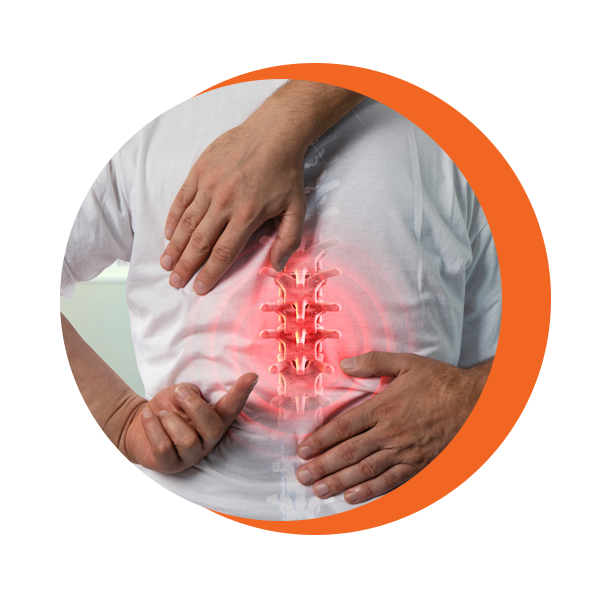Spinal anatomy is an impressive combination of bones, muscles, ligaments and nerves. The spine consists of:
- Vertebrae: 33 small stacked bones that form the spinal canal
- Intervertebral discs: flat, round cushions that are in between the vertebrae and act as the spine’s shock absorbers
- Spinal cord and nerves: column of nerves that is along the spinal canal, with pairs of nerve branches expanding out through the vertebral openings
- Facet joints: spinal joints with cartilage that provide flexibility and stability and allow your vertebrae to twist and turn
- Soft tissues: these muscles, ligaments and tendons help to hold the spine in position and aid movement.
Additionally, the spine is segmented into three regions:
- Cervical spine: top seven vertebrae towards the neck
- Thoracic spine: the middle 12 vertebrae in the upper back
- Lumbar spine: the 5 vertebrae in the lower back
The spine is critical for body support and movement and spine health is essential to maintain overall health. Since it is such an intricate structure, the back is vulnerable to a myriad of health conditions.





